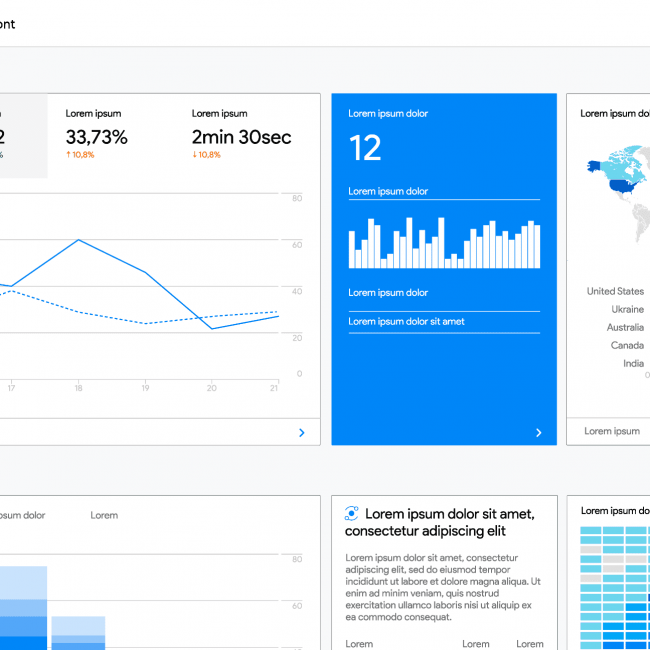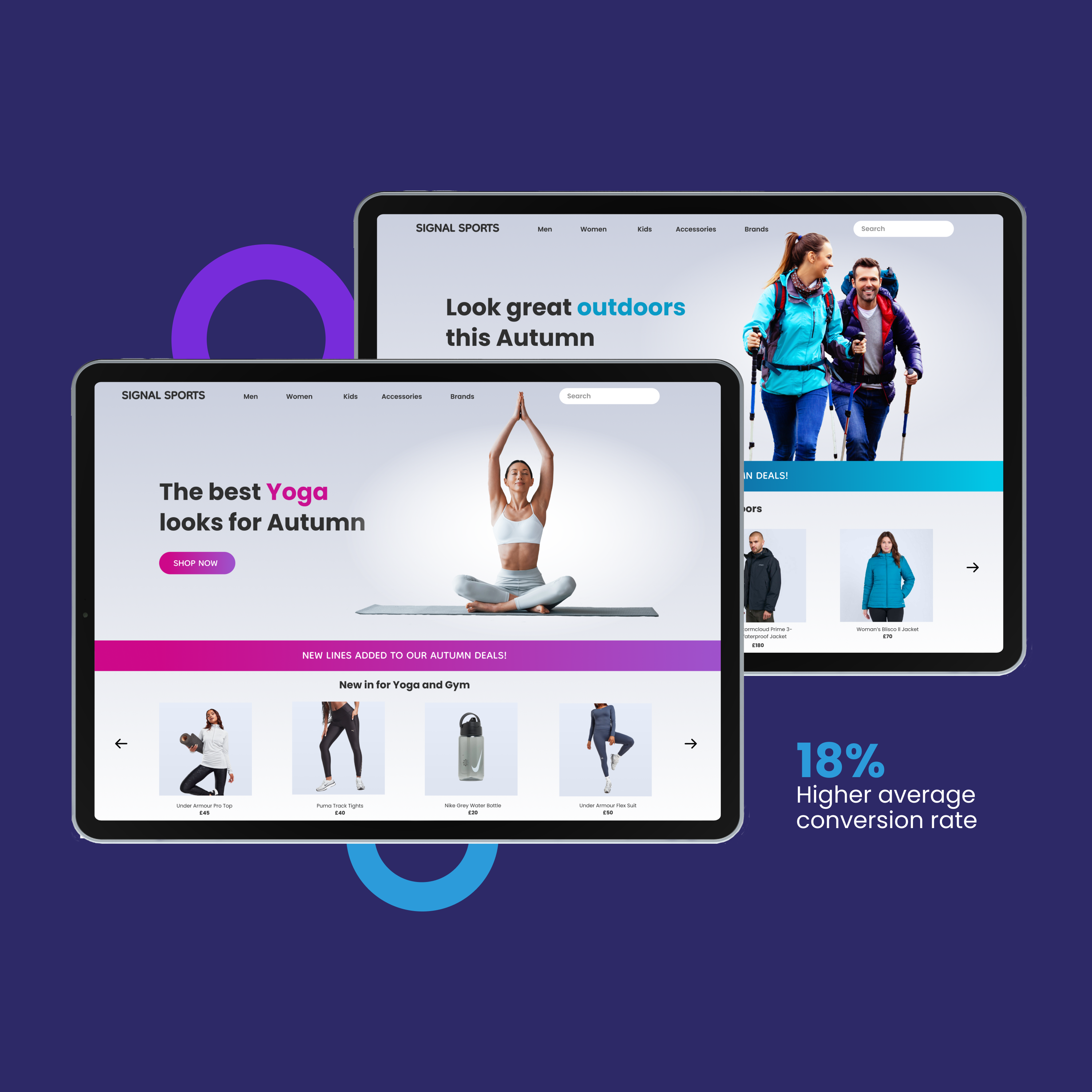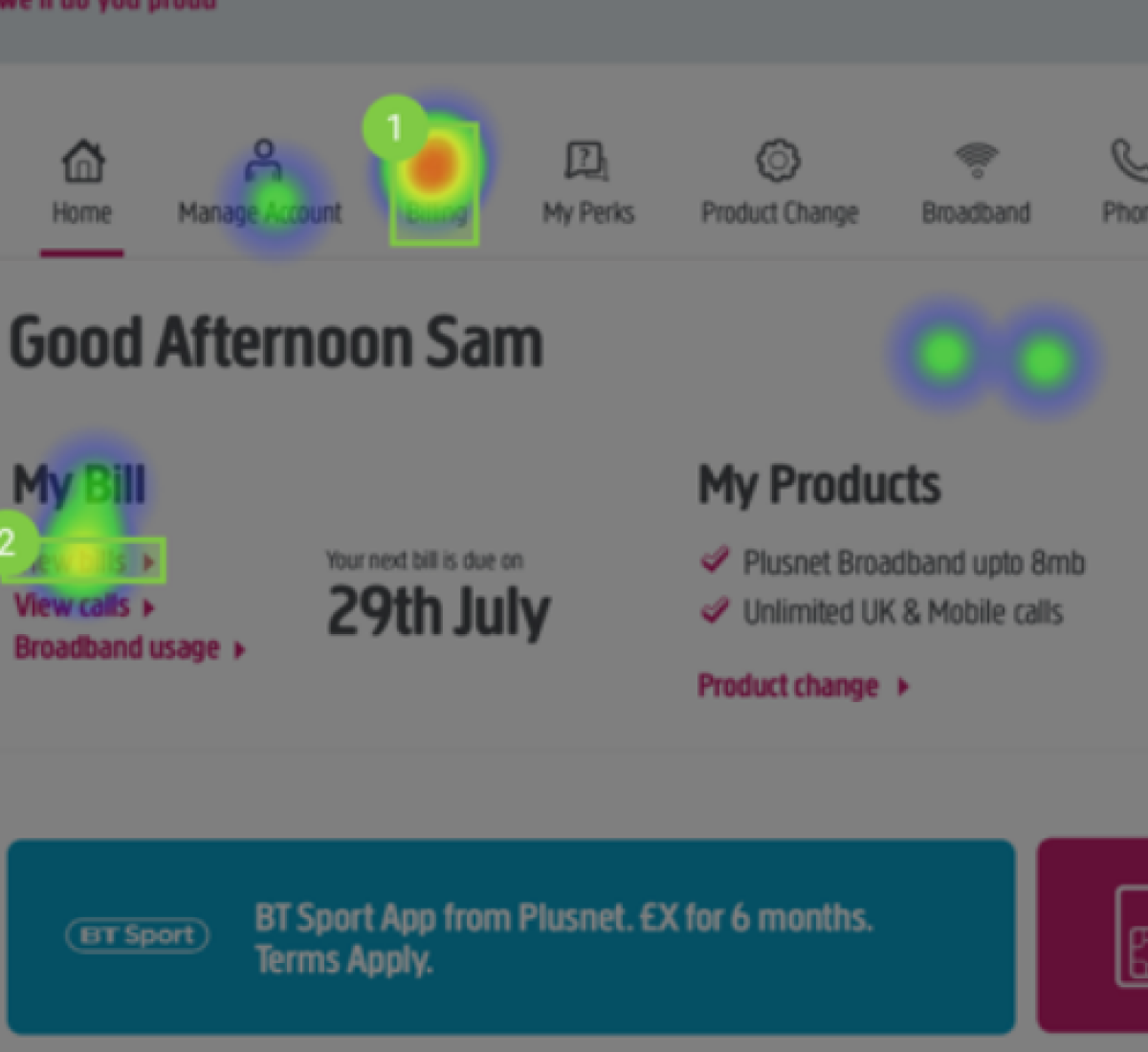Clearfront
Contact
- +44(0) 20 8798 3696
- hello@clearfront.co
- Pepper House, 1 Pepper Road, Hazel Grove, Stockport. SK7 5DP.
Most marketing teams focus on driving new traffic towards websites with the hope of these unique visits converting into qualified leads. In turn, the lead’s turn into sales, and as more new leads are converted, the business grows. This process applies to most business and marketing teams.
But they are missing an essential element to their plan. If you can convert more of your existing traffic to qualified leads and in turn sales, then you are getting more out of your current traffic and creating a more sustainable path to growth.
And this is where conversion rate optimisation becomes key.
Conversion rate is the percentage of visits that result in the desired action occurring (a conversion.) Examples of desired activities include purchasing a product, signing up for a service or submitting an online form.
Conversion rate optimisation (CRO) involves making changes to your website to increase the number of conversions by your existing website traffic. If you are achieving a high rate of conversion, you have a well-designed website which is reaching and appealing to your target audience.
Optimising your website for conversions means your business will grow more efficiently. You will boost the number of quality leads gain higher value from your current lead’s which will increase your revenue, but you will also spend less on bringing in new traffic as you are working smarter with the traffic you already have.
Conversions can occur anywhere on your website. You need to ensure you have designed all areas of your site in a way that will allow you to convert website visitors to paying customers.
This is the main arrival point to your website from visitors who are more likely to know about your business, and it is essential to make an excellent first impression. This is the critical moment to retain visitors and guide them further into your website.
Having clear links to product information, installing a chatbot to answer questions or offering a signup for more information are all excellent ways to enhance the visitor experience.
The pricing page is the point where visitors will either convert or not. CRO can help convert more visitors to customers. Changes like pricing intervals, giving description to what you get for each price or providing contact details for visitors to reach you for more information are all good ways to optimise this page.
A blog is a great place to use CRO to convert readers into leads. If you can include effective Calls To Action within your articles, you will lead your readers further into your website and convert their interest into leads or sales.
You might link to a product on your site in the article or add an email input box for them to receive more information from you.
Landing pages should be designed for people to take action when they land there. If you are selling tickets to an event, then adding a video of what the event will be like will persuade more people to want to attend. Adding previews of content or products is a great way to encourage visitors to convert.
So now you know some great places to optimise for conversions, how do you do when the time is right to make changes?
Any website that is attracting visitors can be considered for CRO. No matter how big your company is or how established you are, every business has the goal to convert visitors into leads and wants to do it most effectively.
Conversion rate optimisation will get more out of your current website traffic whilst ensuring you’re targeting qualified leads.
However setting a conversion goal isn’t as easy as deciding that a page converted 50 people this month, so we want it to convert 1000 visitors next month.
You don’t just want 100 more conversions from a page. You want 100 more conversions for every X amount of people who visit it. This is your conversion rate. The percentage of visitors who convert on your website based on how many people have visited.
Below are three calculations you can use to understand your current situation, to analyse and improve.
If your website has 10,0000 visitors per month that produce 1000 leads and this results in 100 customers each month The conversion rate would be 1%.
If you wanted to produce 200 customers every month, what could you do?
You could try and double your visitor number in the hope that in turn, your conversion rate increases.
But this won’t necessarily happen if the quality of your traffic decreases then the rates of conversion won’t increase. A better option is to increase the rate of conversion within your existing traffic, So, If you multiply your conversion rate from 1% to 2%, you would expect to double you, customers.
Ready to begin CRO? Here are some strategies you can try:
How do I start with CRO? Before undertaking a CRO project, prioritise your efforts by ranking each element on POTENTIAL, IMPORTANCE AND EASE (PIE Framework.)
Use the PIE framework to answer the following questions for every strategy outlined above then, give a score between one and 10 to each strategy where 1 is lowest, and 10 is highest.
Once you’ve worked out a score for each strategy, add up the numbers and divide the total by three. This gives a rating that shows what project will have the most significant impact. Then you can work on the projects with the highest scores first.
The PIE framework is easy to understand and offers a starting point for CRO discussions and planning.
Keep these three follow-up actions in mind when getting started with CRO today:
If you would like to learn more about our CRO services please click here.
If you’d like some help to improving your conversions or undertake a UX audit, please get in touch. Talk to us on 0161 241 6841 or you can email hello@clearfront.co


